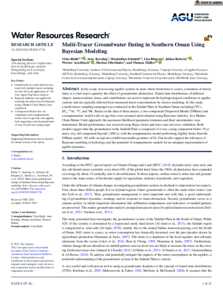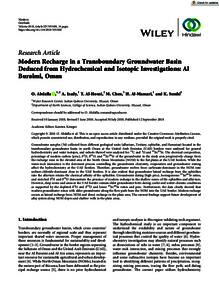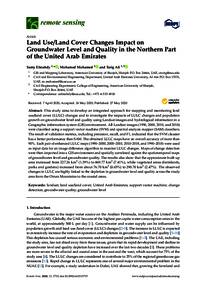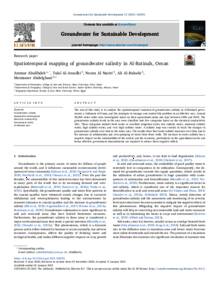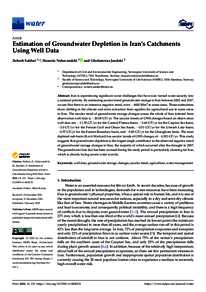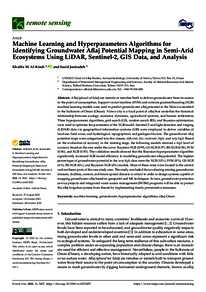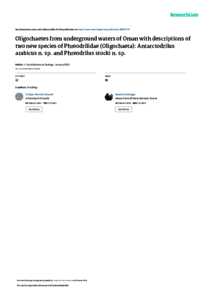Document
Multi-tracer groundwater dating in southern Oman using bayesian modeling.
Identifier
DOI: 10.1029/2021WR031776
Source
Water Resources Research. v. 58, 6, e2021WR031776
Contributors
Kersting, Arne., Author
Schmidt, Maximilian., Author
Ringena, Lisa., Author
Robertz, Julian., Author
Aeschbach, Werner., Author
Oberthaler, Markus., Author
Müller, Thomas., Author
Country
United States.
City
Hoboken
Publisher
John Wiley
Gregorian
2022-06-01
Language
English
Subject
English abstract
In the scope of assessing aquifer systems in areas where freshwater is scarce, estimation of transit times is a vital step to quantify the effect of groundwater abstraction. Transit time distributions of different shapes, mean residence times, and contributions are used to represent the hydrogeological conditions in aquifer systems and are typically inferred from measured tracer concentrations by inverse modeling. In this study, a multi-tracer sampling campaign was conducted in the Salalah Plain in Southern Oman including CFCs, SF6, 39Ar, 14C, and 4He. Based on the data of three tracers, a two-component Dispersion Model (DMmix) and a nonparametric model with six age bins were assumed and evaluated using Bayesian statistics. In a Markov Chain Monte Carlo approach, the maximum likelihood parameter estimates and their uncertainties were determined. Model performance was assessed using Bayes factor and leave-one-out cross-validation. Both models suggest that the groundwater in the Salalah Plain is composed of a very young component below 30 yr and a very old component beyond 1,000 yr, with the nonparametric model performing slightly better than the DMmix model. All wells except one exhibit reasonable goodness of fit. Our results support the relevance of Bayesian modeling in hydrology and the potential of nonparametric models for an adequate representation of aquifer dynamics.
ISSN
0043-1397
Category
Journal articles

